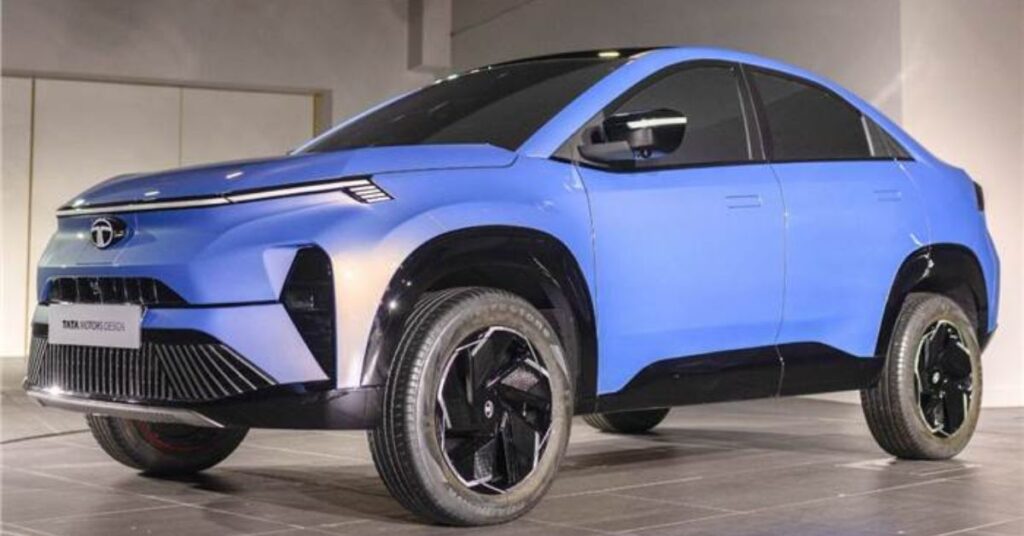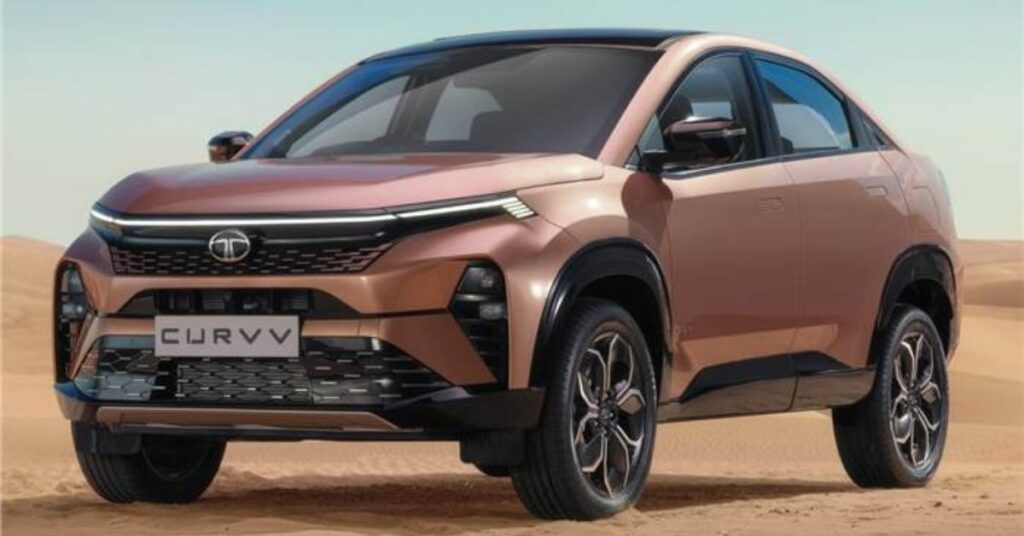To propel electric vehicles (EVs) into a sustainable and transformative future, addressing key challenges such as environmentally friendly battery components, safety concerns, and performance enhancements is crucial. A promising solution on the horizon is the advent of solid-state batteries (SSBs), expected to revolutionize the EV landscape by 2027. This technology holds immense potential in mitigating environmental impact, enhancing safety, and redefining the design and performance of electric vehicles.
Key Advantages of Solid-State Batteries
- Environmental Impact:
- Traditional lithium-ion batteries involve resource-intensive mining and production processes, emitting substantial CO2. SSBs promise a cleaner alternative, reducing the environmental footprint associated with lithium extraction.
- Safety Improvements:
- Unlike conventional batteries prone to thermal runaway, SSBs utilize solid electrolytes, minimizing the risk of overheating. Enhanced thermal management ensures increased stability, especially in hot climates.
- Performance Enhancement:
- SSBs offer higher energy density, reducing charging times and increasing overall range. Toyota projects a remarkable 1,400km range by 2027, marking a significant leap in EV capabilities.
Challenges and Feasibility
- Technological Hurdles:
- Micro cracks in the solid separator pose a current challenge for SSBs. Battery makers worldwide are working to overcome these issues, with progress reported in Japan, Korea, and China.
- Cost Considerations:
- While SSBs are costlier initially, the threefold increase in charge capacity and range compensates for the higher pound-for-pound cost. Ongoing research aims to bring down production costs, making SSBs more economically viable.
- Competition and Alternatives:
- Conventional lithium-ion batteries continue to improve, posing competition to SSBs. Sodium-ion batteries, although a potential lithium substitute, currently lack the density required for automotive applications.
Leading Companies and Progress
- Toyota’s Leadership:
- Toyota leads the SSB race with the highest number of patents. Collaborations, such as with Idemitsu, signal advanced stages of development.
- Global Competitors:
- Panasonic, Samsung, LG, CATL, and BYD are close contenders, each contributing unique strengths to SSB development. Chinese companies, backed by substantial resources, present formidable competition.
Future Implications and Design Innovations
- Compact Design and Efficiency:
- SSBs enable flatter and more compact designs, fostering aerodynamic efficiency. The reduction in battery size from 150mm to 100mm opens avenues for sleeker and lighter EVs.
- Game-Changing Potential:
- SSBs have the potential to revolutionize EV platforms, necessitating design evolution. Born-EV platforms must adapt or risk becoming outdated as SSBs become a mainstream automotive technology.
The imminent arrival of solid-state batteries signifies a paradigm shift in the EV landscape, addressing environmental concerns, enhancing safety, and redefining vehicle design. As key players advance in SSB development, the automotive industry stands on the brink of a transformative era. Keeping a watchful eye on this emerging technology is essential, as it holds the power to fundamentally change the game and drive the future of electric mobility.




